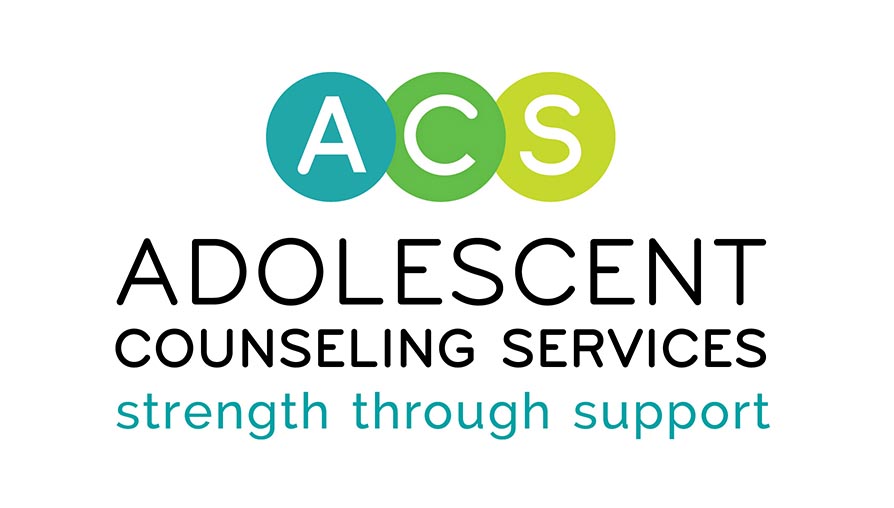
Understanding Suicide Prevention for Middle Schoolers: The Role of Social Media
Written By: Kaera Spencer-Peterson, Clinical Trainee at ACS, On-Campus Counseling Program
AS OUR WORLDbecomes increasingly internet-based, middle schoolers engaging with others on social media platforms can be both enriching and challenging. Social media is a significant part of their lives, offering avenues for connection and expression. However, it also poses risks, particularly when it comes to mental health and self-harm/suicidal ideation. At Adolescent Counseling Services, we believe it’s crucial to address these issues to support our youth effectively.
Suicide is a leading cause of death among adolescents, with significant implications for middle schoolers facing emotional and social changes. Recognizing the signs of distress is vital. Some warning signs include changes in behavior, withdrawal from friends, a significant decline in academic performance, talking or writing about dying or having a plan, feelings of severe hopelessness, sadness, anger, and engaging in risky behaviors. These warning signs can be detectable on social media as well.
Social media has its benefits and potential harmful impacts. On one hand, platforms like Instagram, TikTok, and Snapchat can help young people develop connections, express their creativity, promote diversity, provide relaxation with entertainment and laughter, and find communities that support their interests. On the other hand, these platforms can also exacerbate feelings of inadequacy and isolation.
Potential Impacts of Social Media:
- Cyberbullying: Cyberbullying can be relentless, and victims are constantly exposed to harmful comments, leading to severe emotional distress. This is highlighted in recent studies emphasizing the correlation between cyberbullying and suicidal ideation (Choudhary et al., 2023).
- Comparative Pressure: Middle schoolers may feel pressure to conform to unrealistic standards of beauty, success, and popularity, contributing to feelings of low self-worth.
- Social Isolation: While social media is intended to foster connection, it can sometimes lead to social isolation. Young people may substitute online interactions for in-person friendships, which are essential for emotional support.
- Access to Distressing Content: Exposure to graphic content related to self-harm, suicide, and other mental health issues can profoundly impact young minds. Research indicates that frequent exposure to such content can increase the risk of suicidal thoughts among adolescents (Agarwal et al., 2017).
Suicide Prevention Resources and Strategies: Strategies to help prevent self-harm and suicide ideation can look different depending on the individual. It is important to provide accessible and attainable strategies for middle schoolers if they are having suicidal thoughts or behaviors or know someone who is. These strategies include and are not limited to normalizing self-harm and suicidal behaviors, educating youth on this topic and how social media has potential influences, support and resources that are school-based and outside of school, and creating technology boundaries.
- Normalize and Educate: We need to normalize and educate youth on self-harm and suicidal behaviors and how social media can impact those behaviors. Some ways to do this is by encouraging open discussions about mental health and the effects of social media. Creating a safe space for middle schoolers to express their feelings can also help them feel less alone. Creating a space to teach middle schoolers how to navigate social media responsibly is also important. Providing education around how to recognize cyberbullying, managing online relationships, warning signs of self-harm/suicidal ideation and understanding the impacts of social media is also necessary.
- Resources and Support: We need to ensure that middle schoolers know where to find help if they’re feeling overwhelmed. Providing resources like counseling services, hotlines, and school-based support can make a significant difference.
- Monitor Online Activity: We must help middle schoolers be aware of negative feelings coming up when using social media. Teaching them how to take breaks from using it and creating technology boundaries helps them learn to manage their time on social media. If certain accounts, friends, family, or celebrities are making them feel badly, youth can mute or unfollow them for their own well-being.
In addition to encouraging support, boundaries with screen time, monitoring negative feelings or harmful content from social media and education, it’s important to share or use resources available on social media platforms:
- Instagram: The platform offers a dedicated resource guide that provides support for users in crisis. They provide information on how to report harmful content as well.
- Facebook: Facebook has a Crisis Response feature where users can find resources for themselves or someone they care about.
At Adolescent Counseling Services, we recognize the unique challenges that youth face in today’s digital age. By understanding the implications of social media and fostering open conversations about mental health, we can work together to try to prevent suicide and promote the well-being of our youth. The goal is to create a safe environment where every adolescent feels valued, heard and connected, while also providing the education and resources for schools to create a safe environment on social media.
___________________________
References
Agarwal, P., & et al. (2017). The role of social media in suicidal behavior: A review of the literature. Indian Journal of Psychiatry, 59(4), 414-421.
Choudhary, A., & et al. (2023). Cyberbullying and suicidal ideation among adolescents: A cross-sectional study. Child and Adolescent Mental Health, 28(1), 67-75.
